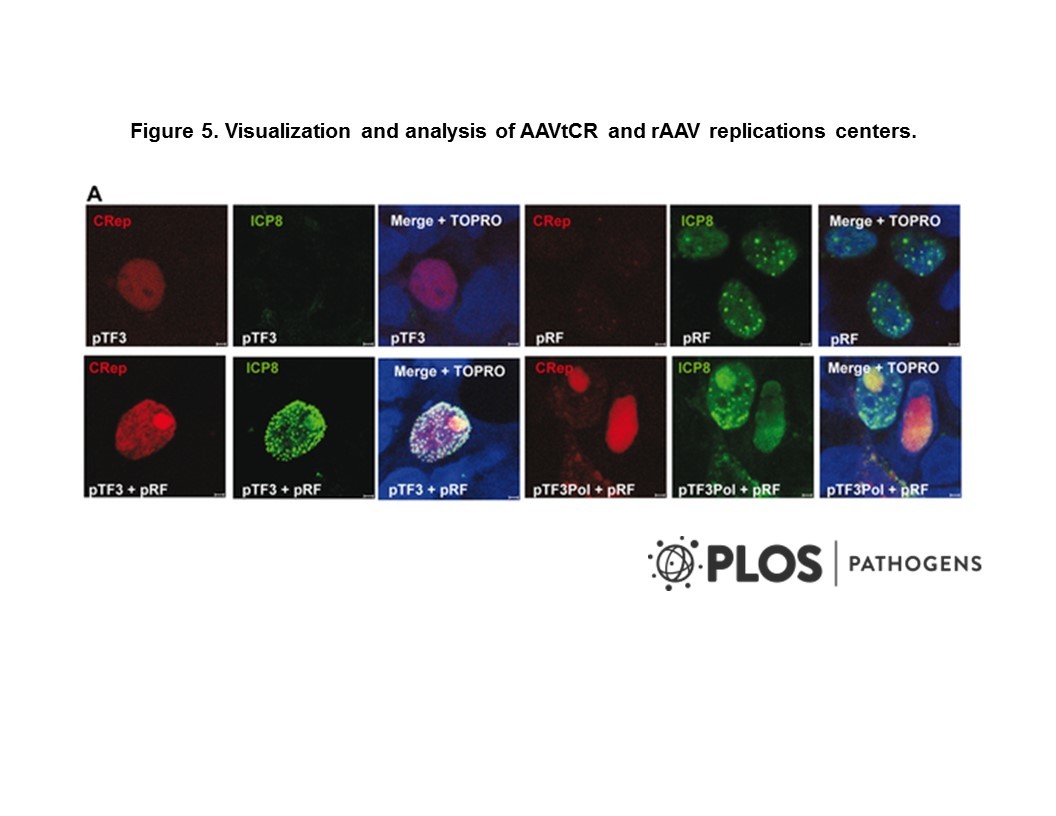
Cat. #153781
Anti-CEP290 [1C3G10]
Cat. #: 153781
Sub-type: Primary antibody
Unit size: 100 ug
Availability: 3-4 weeks
Target: CEP290, UniProt ID:O15078
Class: Monoclonal
Application: IHC ; IF ; WB
Reactivity: Human
Host: Mouse
£300.00
This fee is applicable only for non-profit organisations. If you are a for-profit organisation or a researcher working on commercially-sponsored academic research, you will need to contact our licensing team for a commercial use license.
Contributor
Inventor: Ciaran Morrison
Institute: National University of Ireland, Galway ; Centre For Chromosome Biology
Tool Details
*FOR RESEARCH USE ONLY
- Name: Anti-CEP290 [1C3G10]
- Alternate name: Centrosomal protein of 29 kDa, Cep29, Bardet-Biedl syndrome 14 protein, Cancer/testis antigen 87, CT87, Nephrocystin-6, Tumor antigen se2-2
- Clone: [1C3G10]
- Tool sub type: Primary antibody
- Class: Monoclonal
- Conjugation: Unconjugated
- Molecular weight: 290 kDa
- Reactivity: Human
- Host: Mouse
- Application: IHC ; IF ; WB
- Description: CEP290 is involved in early and late steps in cilia formation. Its association with CCP110 is required for inhibition of primary cilia formation by CCP110 (PubMed:18694559). May play a role in early ciliogenesis in the disappearance of centriolar satellites and in the transition of primary ciliar vesicles (PCVs) to capped ciliary vesicles (CCVs). Required for the centrosomal recruitment of RAB8A and for the targeting of centriole satellite proteins to centrosomes such as of PCM1 (PubMed:24421332). Required for the correct localization of ciliary and phototransduction proteins in retinal photoreceptor cells; may play a role in ciliary transport processes (By similarity). Required for efficient recruitment of RAB8A to primary cilium (PubMed:17705300). In the ciliary transition zone is part of the tectonic-like complex which is required for tissue-specific ciliogenesis and may regulate ciliary membrane composition (By similarity). Involved in regulation of the BBSome complex integrity, specifically for presence of BBS2, BBS5 and BBS8/TTC8 in the complex, and in ciliary targeting of selected BBSome cargos. May play a role in controlling entry of the BBSome complex to cilia possibly implicating IQCB1/NPHP5 (PubMed:25552655). Activates ATF4-mediated transcription (PubMed:16682973).
- Immunogen: Recombinant human CEP290 amino acids 1-299 (bacterially expressed from pGEX4T as a GST fusion, then thrombin-cleaved and purified).
- Isotype: IgG2a
- Myeloma used: Sp2/0-Ag14
- Recommended controls: IF and WB: hTERT-RPE1 cells
Target Details
- Target: CEP290, UniProt ID:O15078
- Molecular weight: 290 kDa
- Tissue cell line specificity: IF and WB: hTERT-RPE1 cells
- Target background: CEP290 is involved in early and late steps in cilia formation. Its association with CCP110 is required for inhibition of primary cilia formation by CCP110 (PubMed:18694559). May play a role in early ciliogenesis in the disappearance of centriolar satellites and in the transition of primary ciliar vesicles (PCVs) to capped ciliary vesicles (CCVs). Required for the centrosomal recruitment of RAB8A and for the targeting of centriole satellite proteins to centrosomes such as of PCM1 (PubMed:24421332). Required for the correct localization of ciliary and phototransduction proteins in retinal photoreceptor cells; may play a role in ciliary transport processes (By similarity). Required for efficient recruitment of RAB8A to primary cilium (PubMed:17705300). In the ciliary transition zone is part of the tectonic-like complex which is required for tissue-specific ciliogenesis and may regulate ciliary membrane composition (By similarity). Involved in regulation of the BBSome complex integrity, specifically for presence of BBS2, BBS5 and BBS8/TTC8 in the complex, and in ciliary targeting of selected BBSome cargos. May play a role in controlling entry of the BBSome complex to cilia possibly implicating IQCB1/NPHP5 (PubMed:25552655). Activates ATF4-mediated transcription (PubMed:16682973).
Applications
- Application: IHC ; IF ; WB
Handling
- Format: Liquid
- Concentration: 0.9-1.1 mg/ml
- Unit size: 100 ug
- Storage buffer: PBS with 0.02% azide
- Storage conditions: -15° C to -25° C
- Shipping conditions: Shipping at 4° C
References
- Mercey et al. 2022. PLoS Biol. 20(6):e3001649. PMID: 35709082.




